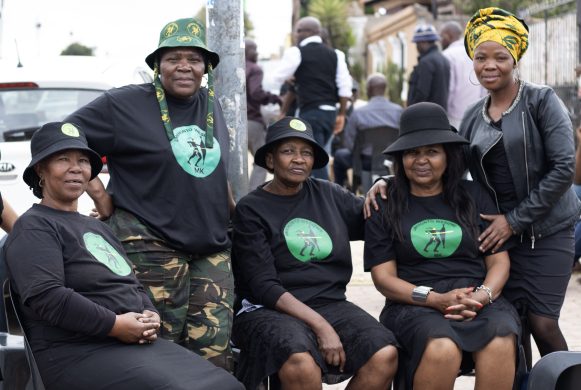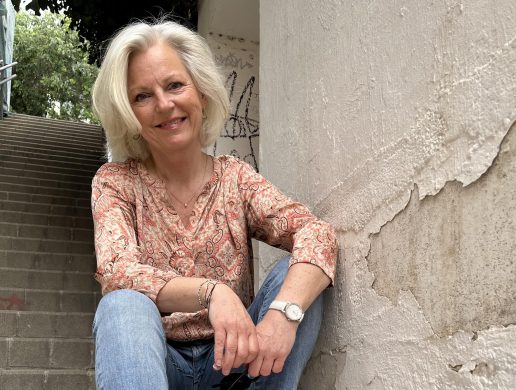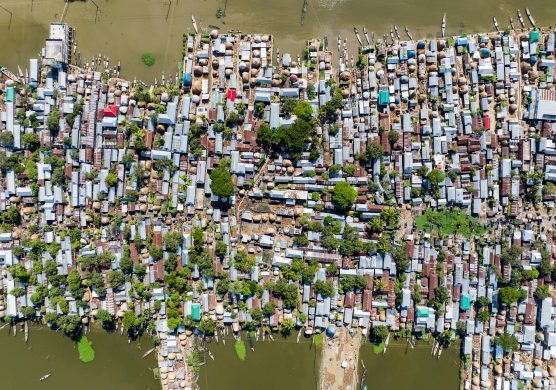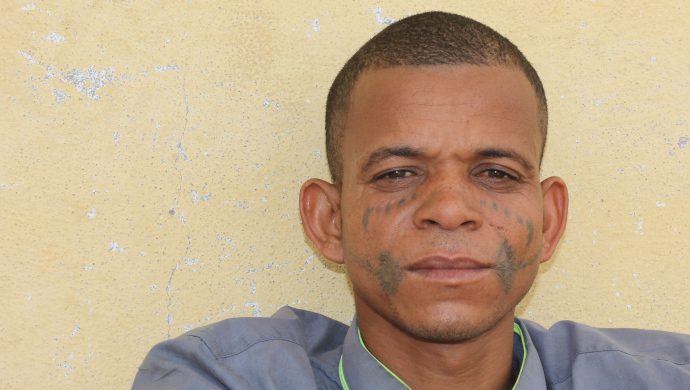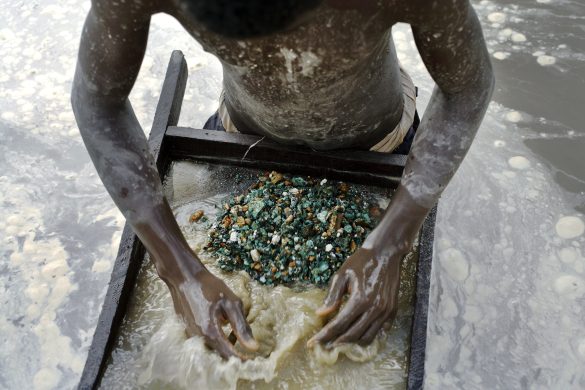FNs centrale fond for akut nødhjælp (CERF) har fået fordoblet sit danske bidrag, siden SRSF-regeringen trådte til i fjor, og fonden henter pæne tilsagn fra verdenssamfundet til sit arbejde i 2013 – men behovet er også overvældende.
NEW YORK, 11 December 2012 (UN News Service): More than 40 donors responded Tuesday to the United Nations call to support the emergency fund that is critical to saving the lives and livelihoods of millions of people in the aftermath of disasters by pledging (give tilsagn om) 384 million US dollar for next year.
This is a nine million dollar increase in pledges from 2012.
The UN Central Emergency Response Fund (CERF) is one of the world’s largest sources of humanitarian funding. Since its launch in 2006, the CERF, which has an annual funding target of 450 million dollar, has enabled aid to reach millions of people affected by humanitarian emergencies such as natural disasters and other crises in 87 countries and territories.
At the annual high-level conference on the CERF, held at UN Headquarters in New York, UN Secretary-General Ban Ki-moon said, that “from flood zones to war zones, CERF stops crises from turning into catastrophes.”
“The Fund does this through quick, targeted support when an emergency starts or by injecting funds in stubbornly under-funded situations,” noted he.
This year alone, CERF allocations totalling some 465 million dollar have made it possible to deliver humanitarian aid to 49 countries, including Syria, South Sudan, Haiti and Pakistan. It is the highest amount that has ever been allocated in a calendar year.
“CERF is not just an acronym (forkortelse) for a multi-million dollar fund,” Mr. Ban stated, adding:
“It is the vaccine that saves a child from yellow fever… or his mother from meningitis. It is the blanket that covers a refugee family when temperatures drop below freezing. It is the sanitary supply that allows a young girl to go to school with confidence and dignity”.
Satte ind overalt i 2012
The UN Humanitarian Chief and head of OCHA, Valerie Amos, highlighted how the Fund has been used to assist those affected by the crisis that began in Syria last year, to ensure that people affected by communal violence in South Sudan receive life-saving assistance, and was in the frontline of the response in Haiti and Cuba following Hurricane Sandy.
“In both years, more than 60 per cent of the pledges were turned into contributions by the end of the first quarter, giving us the funds we needed to respond to emergencies from the beginning of the year,” stated Ms. Amos.
More than 110 million dollar was allocated to help address crises including food insecurity, natural disasters, conflict and displacement in eight West African countries across the Sahel region.
“The rapid and flexible support offered by the CERF makes it a central pillar of the UN agencies’ humanitarian response,” said Valerie Amos.
“We are one of the largest supporters of UNICEF, UNHCR, WHO, UNFPA and FAO, and the sixth largest contributor to WFP. The agencies have repeatedly told us that the CERF’s support enhances their ability to respond.”
Eleven Member States announced increases to their 2013 pledges. “Despite difficult economic circumstances, donors continue to support the CERF because the CERF works,” added Ms. Amos.
More than 40 countries are now both contributors to and recipients of funds from the CERF. In the last six years, 126 Member States, together with public and private donors, have contributed more than 2,8 billion dollar to CERF.







